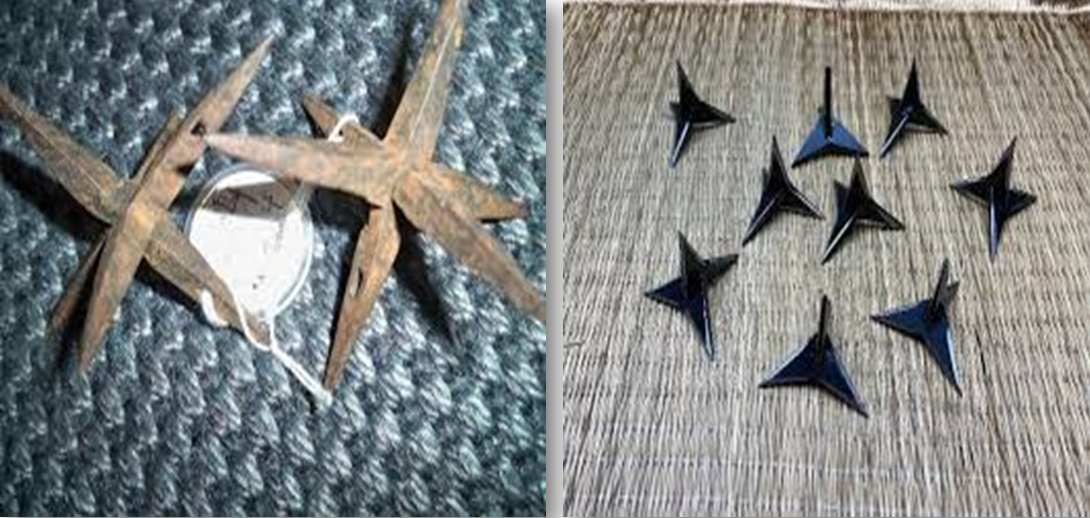What were Testubishi or Makibishi designed to do
What were Testubishi or Makibishi designed to do?
Testubishi or Makibishi were designed to do ingenious defence, escape, and sensitive warfare tools. As we understand these were the tools that Japanese people used to escape. Because they were very sharp and opponent goes slowly down with this Testubishi or Makibishi tools.
An overview of Testubishi and Makibishi and its uses
Testubishi or Makibishi were very sharp Japanese people put them on the ground and the opponent definitely slow down with these tools and the Japanese people get advantage of these slowing down time.
So these tools are very sharp the opponent gets hurt with these and they tried to get rid of these tools and the person, take a lot of time to do things in their favor so these tools were really impressive as the opponent can be throwing on the ground.
Even though these tools can be used now a days.

A brief history why Testubishi or Makibishi designed and what to do
Makibishi (igadama), sharp spiked objects that were used in feudal Japan to slow down pursuers and also were used in the defense of samurai fortifications. Makibishi were sharp spiked objects used in feudal Japan to slow down pursuers and defend fortifications. Testubishi or Makibishi were created with iron tetsubishi or dried chestnut.
What are the real time examples of Testubishi or Makibishi Japanese people used for?
Tetsubishi are small caltrops designed to hinder someone by sticking in the feet when stepped on. Testubishi and Makibishi were designed to slow opponents down by throwing them to the ground.
What types of Testubishi or Makibishi tools are?
Testubishi or Makibishi” like real Shinobi used which were like very sharp tacs.
Can we use Testubishi or Makibishi now a days?
Yes we can use these type of tools to put our opponent on the ground as they are very sharp tools.
At the end of this discussion I hope you understand better about this topic if you want to learn more then visit our website allinfoguide. Thanks for reading 🙂





Post Comment